In this article, we’ll take a deep dive into the realm of charging apps and clarify the key distinctions between various types. Whether you’re a frequent road tripper or someone who sticks close to home, understanding these differences can help you make informed decisions.
1. Public EV Charging Apps
The first type of EV charging app that comes to mind is the public charging station locator. These apps are essentially maps that display all nearby charging points, complete with details like the number and type of chargers available. Many of these apps can be downloaded for free or at a minimal cost. While platforms like Google Maps or Apple Maps can also show charging stations, they often lack crucial real-time data, such as availability or operational status, which can make them less reliable for on-the-go planning.
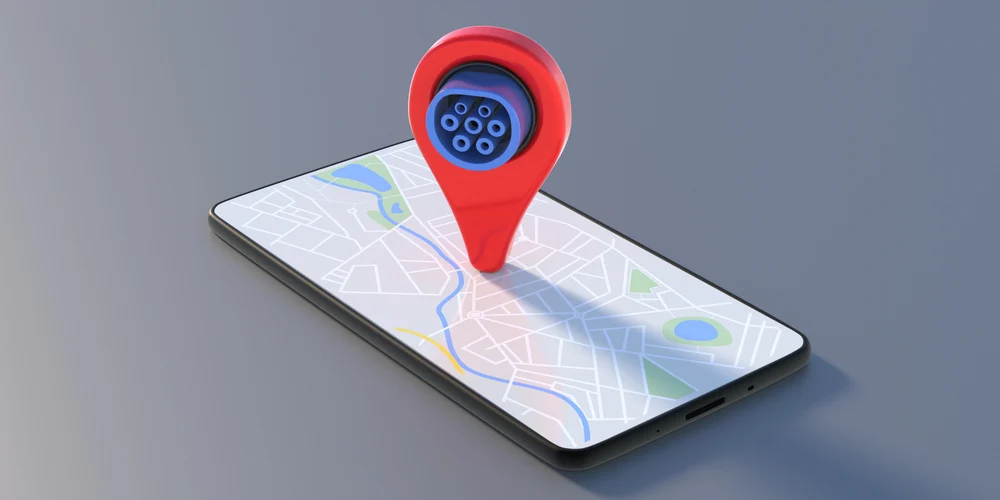
Real-Time Availability
One of the most critical factors when driving an EV, especially on long-distance trips, is knowing whether a charging station is free. Waiting for someone else to finish charging can add significant unplanned time to your journey. Even fast-charging stations require at least 15-20 minutes, so checking ahead can save you valuable time. With a charging app, you can verify the availability of charging stations along your route and even find alternatives if your preferred station is occupied. This proactive approach ensures you won't waste time searching for open chargers.
Live Status Updates
Beyond just availability, the status of a charging station is equally important. Just like any other electronic device, charging stations can malfunction due to hardware issues, software glitches, or connectivity problems. Arriving at a broken charger can be incredibly frustrating and stressful. Thankfully, a good charging app can alert you if a station is out of order before you arrive. Since most public charging stations are connected to the internet, they can send real-time updates about their status to databases, which then sync with charging apps. This allows you to plan accordingly and avoid dead ends.
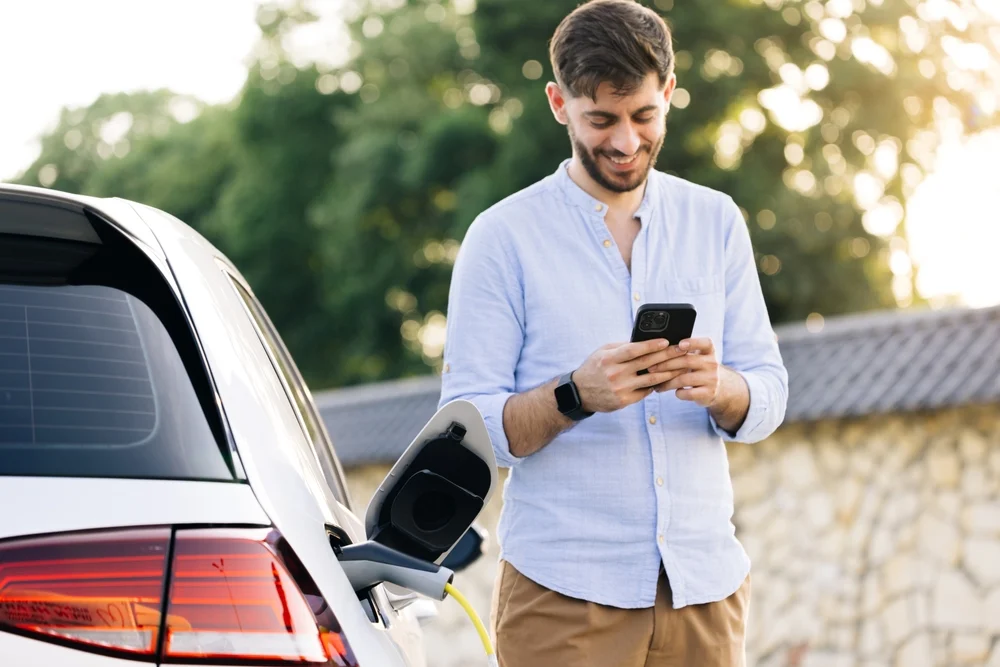
Cost Predictions
While most EV owners charge their vehicles at home for daily use, long-distance travel often requires public charging. Public charging typically costs more than home charging because operators usually add a markup on top of the electricity price. Prices vary between providers, so it’s essential to check costs in advance to pick the most cost-effective option. A reliable charging app can instantly show you pricing details, allowing you to compare options along your route. This flexibility lets you decide where to charge based on convenience and affordability, rather than simply choosing the closest available station.
When planning a DC fast charge, it’s especially important to review costs ahead of time to avoid unexpected expenses. Some apps even offer filters to help you find chargers within your budget.
Charging Speed
Another major factor to consider is charging speed. AC chargers usually take a few hours to fully charge a vehicle, depending on the power output, whereas DC fast chargers can do the job in as little as 15 minutes. Both types have their advantages, and the ideal choice depends on your specific needs at any given moment. With the right app, you can easily find chargers that match your desired charging speed. Some apps even let you search for chargers with specific power outputs, ensuring you always have access to the right equipment.
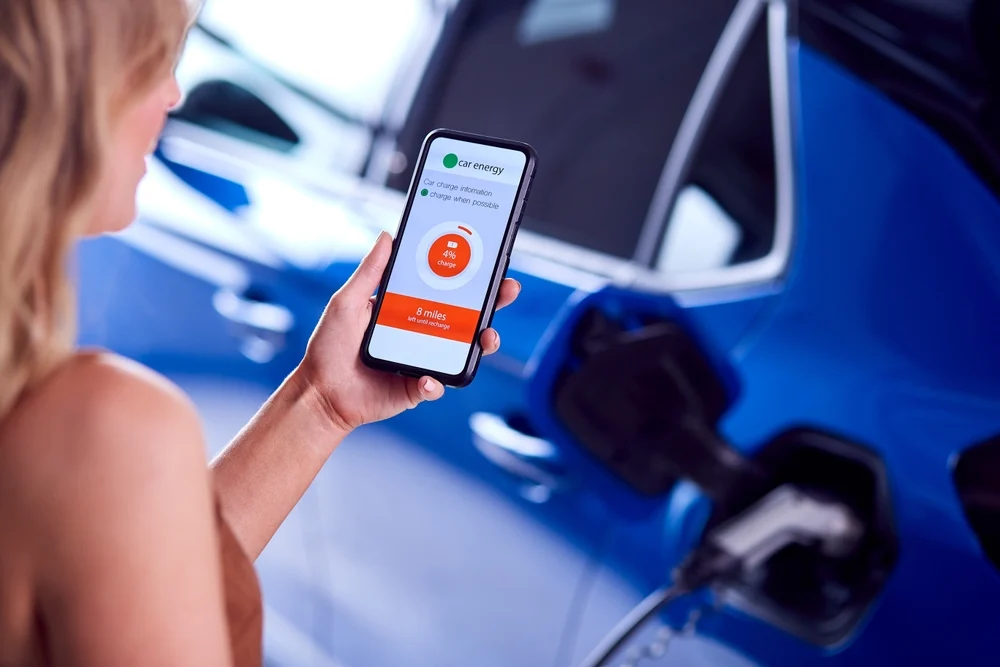
User Reviews and Experiences
Aside from technical details, charging apps often include user reviews and feedback from other EV drivers. This information can reveal hidden insights about a particular charging station, such as recurring maintenance issues or additional amenities like cafes or restrooms. For long-distance travelers, this feature is invaluable for ensuring that the chosen station meets their comfort and convenience needs.
2. Home EV Charger Apps
Unlike public charging apps, which focus primarily on locating stations, home charging apps give you direct control over your charging setup in a residential setting. These apps are typically provided by the manufacturer of your charging station and are designed to integrate seamlessly with your home charger.
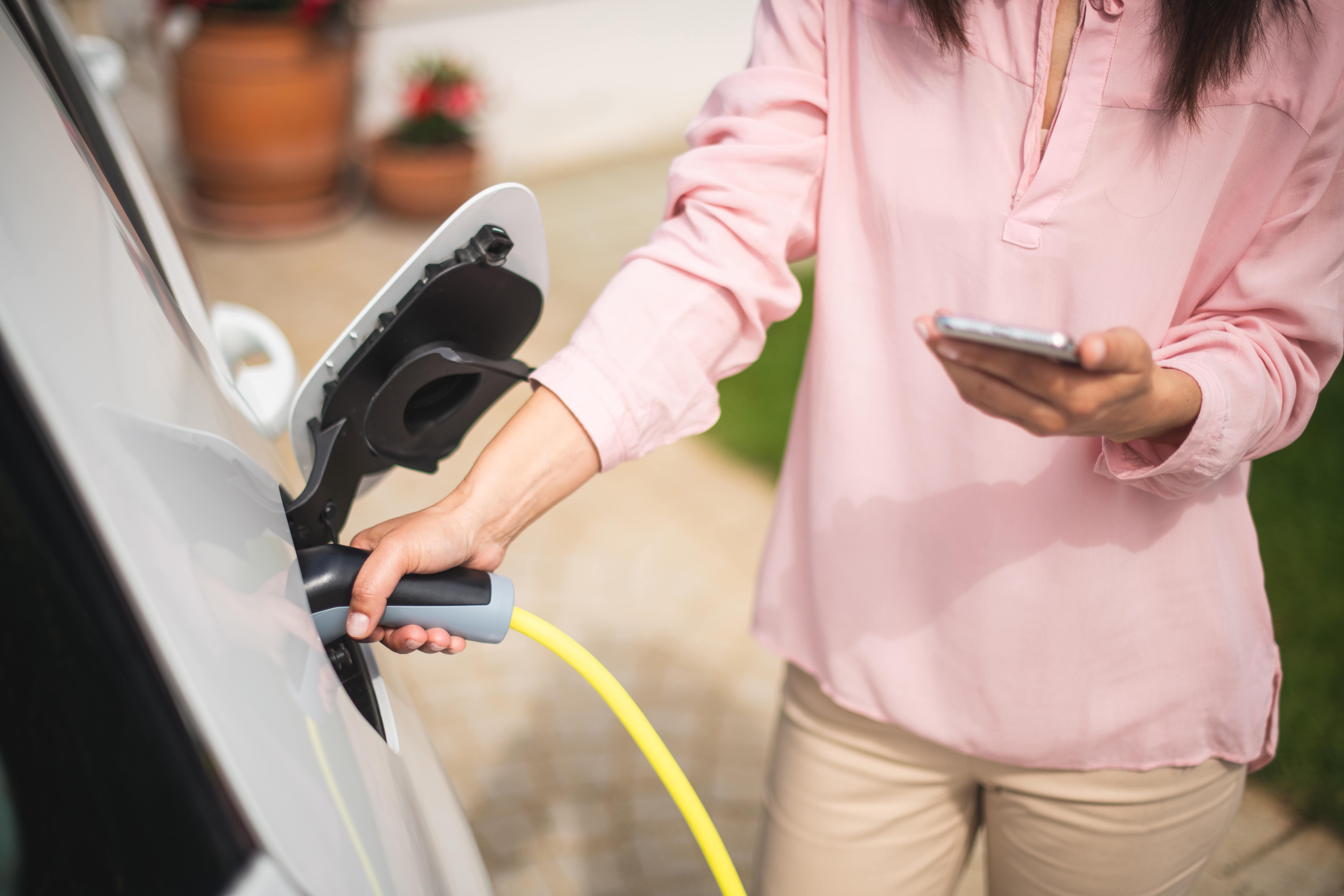
These apps offer similar benefits to public charging apps, such as real-time monitoring of the charging process, management of electricity usage, and tracking energy consumption. They also allow you to adjust various settings directly from your smartphone. For example, you can remotely start or stop the charging process, set reminders for upcoming charges, and monitor your energy usage in real-time. Additionally, many apps enable you to schedule charging sessions to avoid peak hours, when electricity rates are highest, or to stagger appliance usage and reduce strain on your home’s electrical system.
Hybrid Charging Apps
In some cases, a single app can handle both public and home charging, providing a unified solution for all your EV charging needs. These hybrid apps often combine a public station locator with detailed home charger controls, allowing users to manage both types of charging from one platform. This convenience makes it easier to stay organized, especially for those who frequently switch between home and public charging.
3. In-Car Charging Apps
Most EVs come equipped with built-in software that handles charging management directly through the vehicle’s onboard system. Unlike third-party apps, these systems are specifically tailored to communicate with the car and gather real-time data. For example, the onboard app might recommend slowing down your charging rate if it detects that battery usage is higher than expected, helping you maximize your vehicle’s range.

Additionally, in-car apps can interact with external charging stations, providing live updates on availability, costs, and operational status. Based on this information, the app might suggest route adjustments if your preferred charging station is unavailable. Some apps can even adapt your charging schedule based on your driving habits, adding or removing stops as needed.
Moreover, these in-car apps can connect to your smartphone, allowing you to remotely monitor and control charging from afar. This feature mirrors the functionality of home charging apps but provides added convenience while you’re on the road.
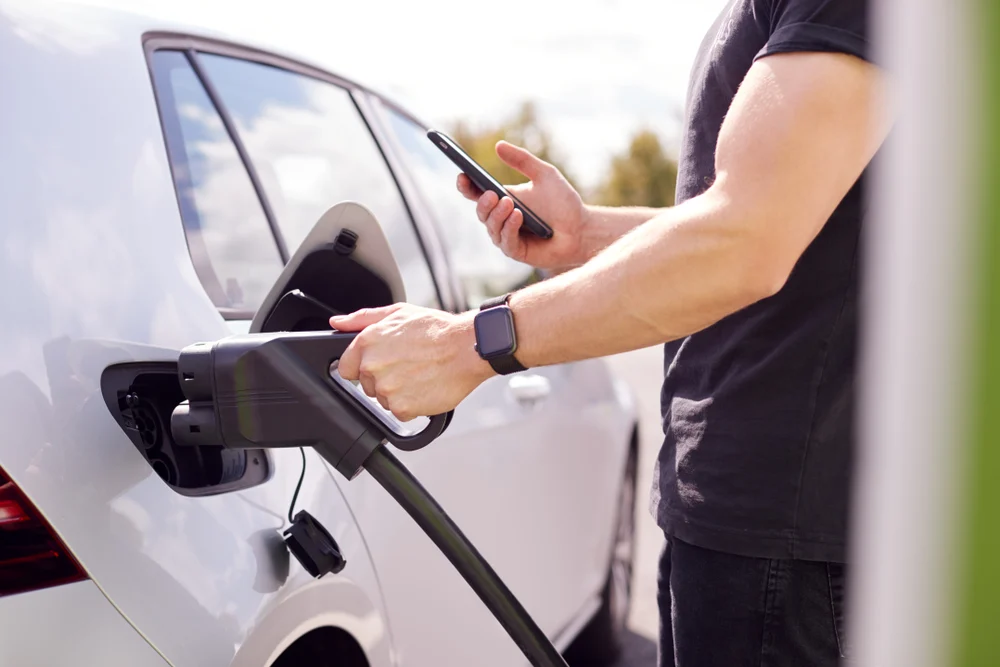
As the popularity of EVs continues to grow, managing charging will become increasingly important for drivers. With a variety of charging apps available, each catering to different scenarios, there’s something for everyone. We hope this guide has helped you better understand the diverse offerings and their respective strengths. To explore advanced smart charging features like energy optimization and cost management, check out our comprehensive blog on smart EV home charging.





